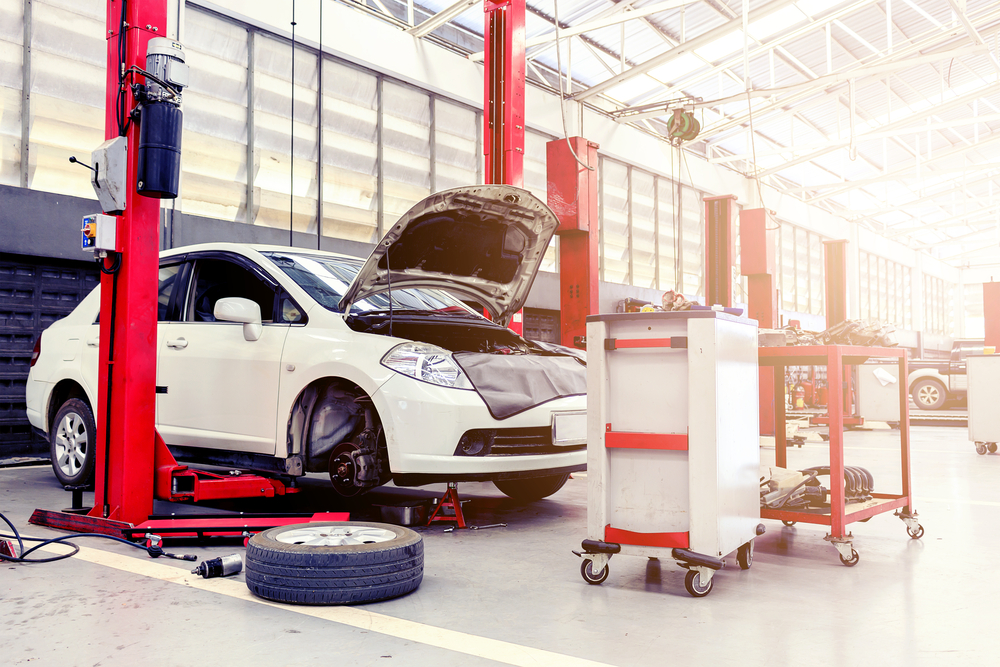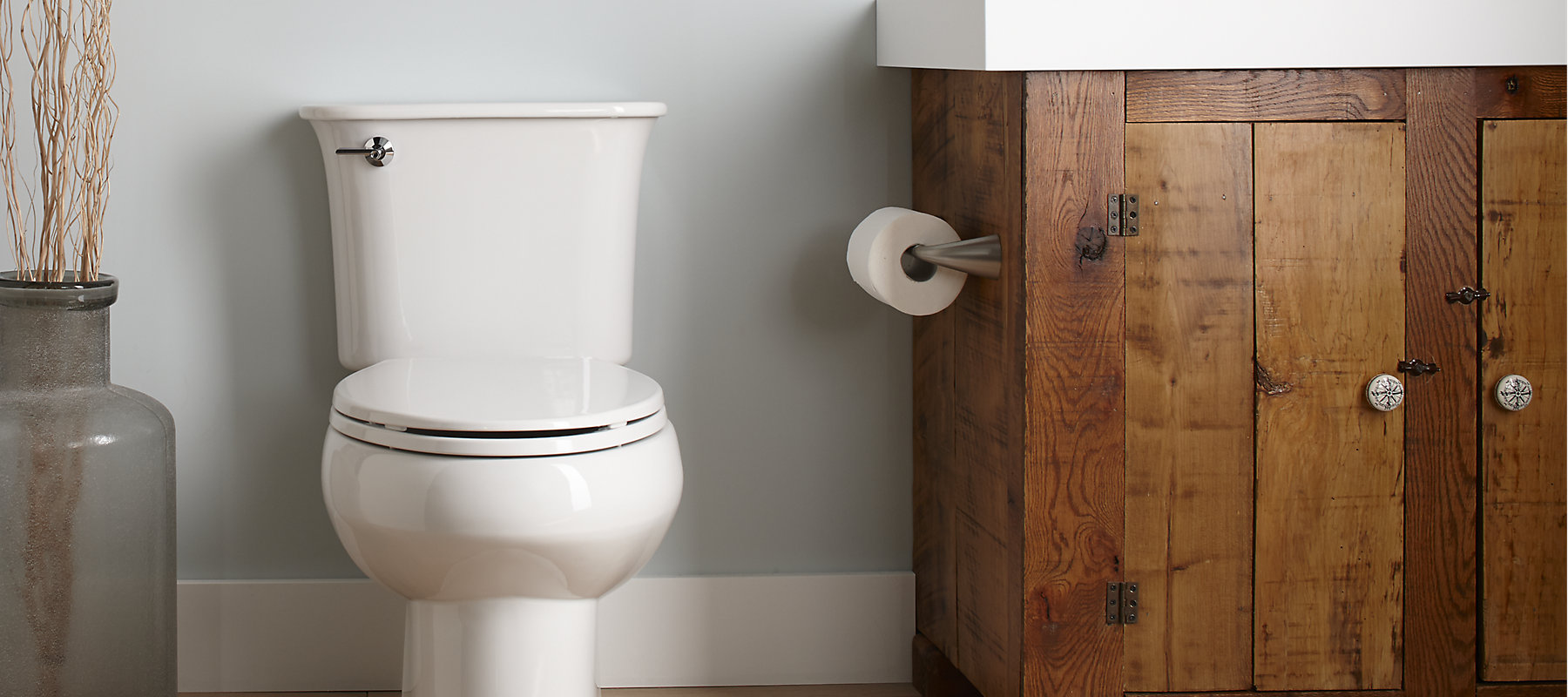7 Ways You Can Save Money and Energy This Summer
While the frigid winter is the common culprit for high-energy expenses, people also use a fair share of electricity during the summer. Air conditioners are running almost all day long, electronics seem to be blasting from every corner of the house, and there’s seemingly never-ending summer laundry to do.
Summer fun requires lots of work. Fortunately, if you’re looking to lower your utility bill, there are ways to be smart about how you use household appliances in the summer.
Don’t let your high summer utility bill make you wish you’d melted away long ago. Keep the following tips in mind if you’re looking to save sanity, money, and energy this summer.
1. Go Easy on Your Thermostat Use
The more you can avoid cranking up your air conditioning, the more energy you can save. If you’re out, don’t have it on at all or set it to go off at a specific time. Or, it might not be a big concern if your home is configured to be adjustable from your device.
2. Use Fans When Possible
Don’t discount the power of a good fan. They are effective and can help maintain similar comfort as air conditioning. Ceiling fans and portable ones are good at covering larger areas.
3. Don’t Let the Cool Air Get Out
Summer is a wonderful time to feel the fresh warm air on your skin, but it can feel like a constant battle when trying to keep the heat out of your house. “You can avoid using air-conditioning altogether if you have adequate insulation and keep the curtains drawn when the sun is at its hottest and open the windows during cooler times,” remarked Steve Lewis, president and CEO of an air conditioning repair service.
Landscaping can be done strategically to block the sun from streaming right in. Planting vines, trees, and shrubs is a decorative and natural way to help save money on your energy bill.
4. Switch to LED Bulbs
If you want to reduce your inside energy usage, stop using incandescent light bulbs. LED light bulbs don’t produce as much heat as incandescent bulbs and will work for much longer.
5. Cook Outside to Keep It Cooler Inside
It can be difficult to spend an hour cooking in a hot kitchen without airflow. Cooking outside can conserve electricity since you won’t have to cool the house down again afterward. Plus, it allows everyone to get some fresh air.
6. Make Sure Nothing Is Blocking Any of Your Vents
All vents should be clear to have proper airflow. Air conditioning can’t move through the house if something obstructs the vents, so it’s best to move all of the furniture and rugs away from them. It might also help to point them toward the middle of the room if they aren’t pointed there already.
7. Try Not to Run Hot Water
A great deal of energy is required to heat water, so even running loads of laundry on warm or cold can conserve electricity. Afterward, save more energy by hanging clothes to dry instead of running the dryer. Your home will also stay cooler without having to run the dryer.
While the summer months are sure to be hot, you can be proactive so that your energy bill isn’t too high. Hopefully, these reminders can help you stay one step ahead of the heat this summer without costing you an arm and a leg.



